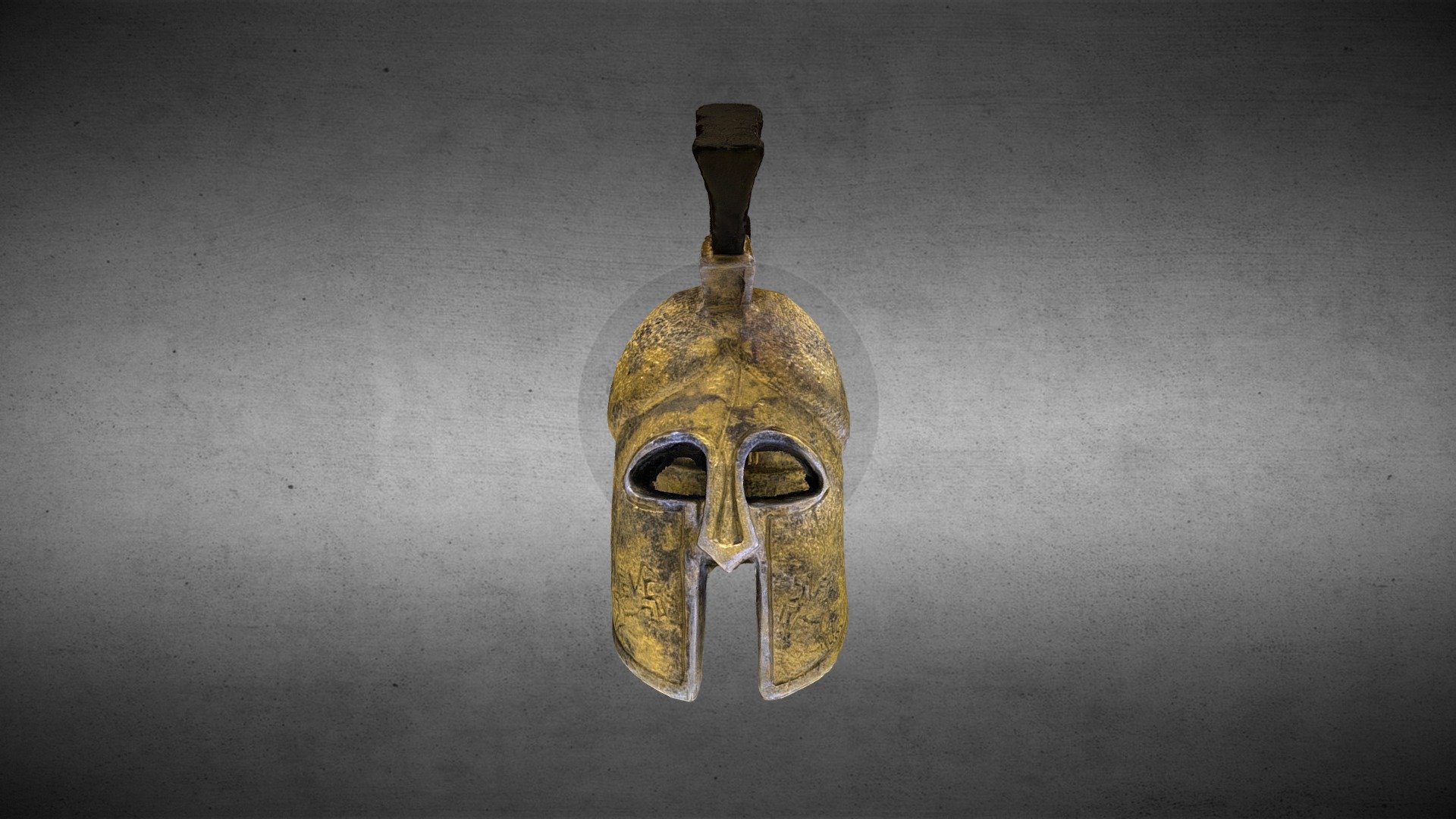
Spartan v2
sketchfab
The human body is a complex and highly adaptable system that has evolved over millions of years to withstand various environmental conditions and physical stresses. At its core, the human body consists of approximately 37 trillion cells, which work together to maintain homeostasis, respond to stimuli, and repair damage. The human brain, often referred to as the control center of the body, is a highly intricate organ responsible for processing information, regulating emotions, and controlling voluntary movements. It contains billions of neurons that communicate with each other through electrical and chemical signals, allowing humans to perceive their environment, learn new skills, and remember past experiences. The human heart pumps blood throughout the body, supplying oxygen and nutrients to tissues and organs while removing waste products. This vital organ beats approximately 3 billion times in a person's lifetime, pumping over 1.5 million barrels of blood. The cardiovascular system, which includes the heart, arteries, veins, and capillaries, plays a crucial role in maintaining overall health and well-being. The human immune system is responsible for protecting the body against pathogens, such as bacteria, viruses, and other foreign substances that can cause illness or disease. It consists of various cells and organs, including white blood cells, lymph nodes, and the spleen, which work together to detect and eliminate threats. Human skin serves multiple functions, including regulating body temperature, protecting internal organs from damage, and aiding in the production of vitamin D. It is also a vital component of the immune system, providing a barrier against external pathogens and allergens. The skin's outermost layer, known as the epidermis, consists of dead cells that are constantly being shed and replaced by new ones. Human muscles are responsible for movement, support, and stability, with skeletal muscles making up approximately 40% of an adult's body weight. They work in conjunction with the nervous system to control voluntary movements, such as walking, running, and grasping objects. The muscular system also plays a crucial role in maintaining posture, balance, and overall physical function. Human bones provide structural support and protection for internal organs, while also serving as a reservoir for minerals such as calcium and phosphorus. The skeletal system consists of 206 bones that work together to maintain posture, facilitate movement, and provide attachment points for muscles and tendons. Human senses allow individuals to perceive their environment and interact with the world around them. These include sight, sound, touch, taste, and smell, which are mediated by specialized sensory organs and neural pathways. The human sense of vision is particularly complex, allowing individuals to perceive a wide range of colors, shapes, and depths. Human emotions play a vital role in shaping behavior, influencing decision-making, and facilitating social interactions. They can be both positive and negative, ranging from feelings of joy and love to anxiety and fear. The human brain's emotional centers, including the amygdala and prefrontal cortex, work together to process and regulate emotional responses. Human relationships are a fundamental aspect of human experience, providing individuals with a sense of belonging, connection, and identity. They can take many forms, from romantic partnerships and friendships to family ties and community bonds. Human relationships are essential for social support, emotional well-being, and overall health.
With this file you will be able to print Spartan v2 with your 3D printer. Click on the button and save the file on your computer to work, edit or customize your design. You can also find more 3D designs for printers on Spartan v2.
